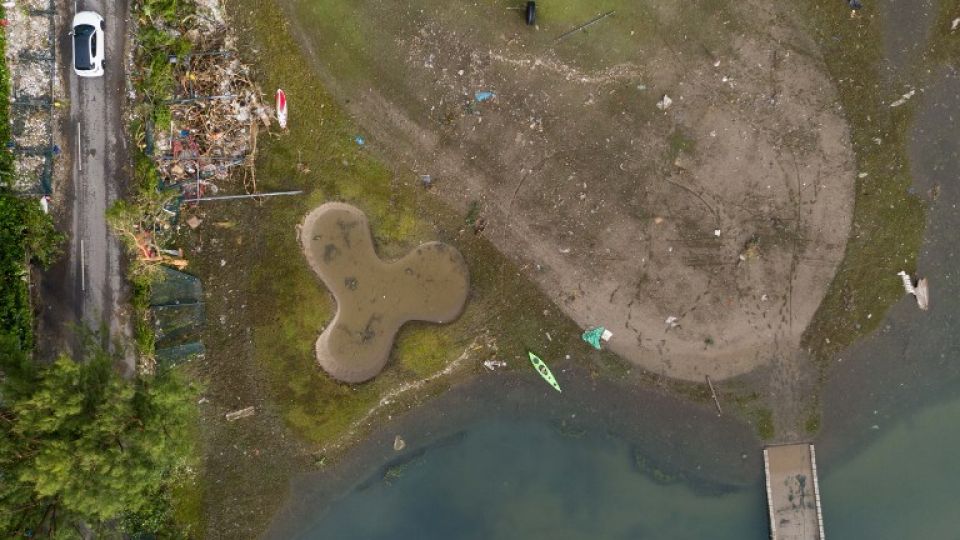September 19, 2018
Typhoon Mangkhut, which swept through the Philippines, Hong Kong and Southern China over the weekend will go down on history as one of the regions most powerful storms in years.
The Philippines
In the Philippines, the aftermath of the storm which locally bore the name “Ompong” has been devastating. More than half a million people have been impacted and the latest death toll shows that the typhoon claimed the lives of at least 74 people and injured 74 more. As many as 55 people are still missing.
The majority of those casualties are related to the dozens of landslides that tore through the Cordillera Administrative Region, a gold-mining zone.
The search effort for those who are still missing has been slow-going. Major roads were rendered impassable, making heavy equipment impossible to transport, and as the time passes, and the earth dries it complicates the already difficult task of digging people who have been buried.
The true scope of the storm’s economic cost is still being calculated, but losses in the agricultural sector alone have been estimated to add up to at least P14 billion (USD 260 million).
In addition to rescue efforts, the country is also undertaking a reckoning with the behavior of public officials before and during the storm. At least 10 mayors are being investigated for potentially abandoning their posts while the typhoon raged.
Hong Kong
In Hong Kong, the power of the storm was on striking visual display. Videos circulated the internet showing cranes swinging, bits of buildings collapsing, and skyscrapers swaying in the wind.
Some of Hong Kong’s streets were shown with flooding that climbed to waist-high. The cost of the extensive physical damage is still being assessed.
The storm injured as many as 216 people.
Southern China
In Guangdong province’s coastal cities, the storm brought down billboards and trees and flooded streets.
At least 2 fatalities were reported in the province as a result of the typhoon.
Japan recovers from Jebi
And in other superstorm news, Japan is still in the process of recovering from the damage done by Typhoon Jebi, the most powerful storm to hit the country in 25 years. Jebi ripped of building roofs, inundated some of Japan’s busiest airports and took the lives of eleven people.
A report from Risk modelling firm RMS estimated that the insured loss from Typhoon Jebi will be between USD 3 billion and 5.5 billion.


